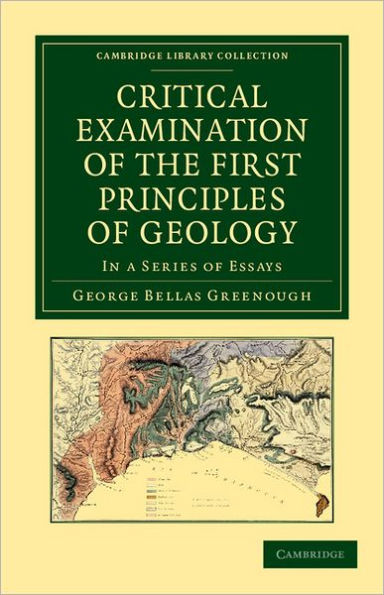Read an Excerpt
ESSAY III. Op THE INEQUALITIES WHICH EXISTED Off THE SURFACE OF THE EARTH PREVIOUSLY TO DILUVIAN ACTION, AND ON THE CAUSES OF THESE INEQUALITIES. I Have endeavoured in the preceding Essay to refer to their immediate causes, the inequalities which diversify the present surface of the earth ; but, as the operation of those causes must have been greatly modified by the form of the surface on which they acted, it is necessary, in order to complete our enquiry, that we should endeavour to ascertain the figure of the earth in preceding ages. While its construction was yet going on, is it probable that the surface of our planet exhibited one uninterrupted plane, or thatit was diversified then, as it is now, by protuberances arid depressions ? In favor of the former opinion, may be cited the authority of Stracey, Hutchinson, and many of the early writers. Believing that the materials which constitute the solid crust of the globe, were deposited from a fluid menstruum, in obedience to the laws of gravity uninfluenced by disturbing causes, they inferred, a priori, that every stratum must have been originally plane or rather concentric. The observations of Dr. Richardson a go to justify that inference : for though the upper surface of superficial strata is continually scolloped away, the plane forming their base, he says, continues always steady and rectilinear, and the upper and under surfaces of those beneath he finds invariably parallel to one another. These observations, however, I apprehend, are just only when applied to dis-r tricts of inconsiderable extent. Even along Philosophical Transactions for 1808. the coast of Antrim, it would not be easy to find the surface of the chalkunlacerated for a mile together, protected as it is by its thick cover of whinstone. ...



